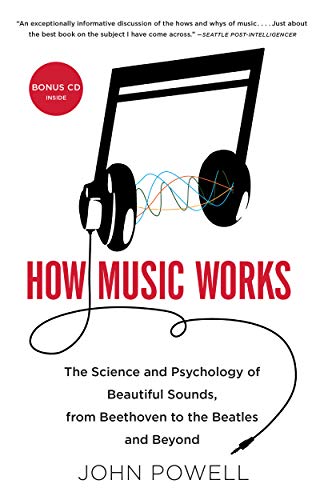Sublime
An inspiration engine for ideas

“Everyday” by Carly Comando “The Aviators” by Helen Jane Long “Divenire” by Ludovico Einaudi “Mad World” by Michael Andrews and Gary Jules “Festival” by Sigur Rós
Timothy Ferriss • Tribe of Mentors: Short Life Advice from the Best in the World
Heinrich Schenker's Conception of Harmony (Eastman Studies in Music Book 163)
amazon.com
Número e Função do Grau na Escala Nota 1 Tônica Dó 2 Supertônica Ré 3 Mediante Mi 4 Subdominante Fá 5 Dominante Sol 6 Superdominante (ou submediante) Lá 7 Sensível Si 8/1 Tônica Dó
Holly Day • Teoria Musical Para Leigos: Tradução da 3ª edição (Portuguese Edition)
music
betha • 1 card
Chances are we’re not “tone deaf,” more accurately called amusia. Less than 2 percent of people are unable to hear the difference between, say, a white key on a piano and the black key next to it. Problems distinguishing between pitches involve congenital abnormalities in the brain and may be partly hereditary. But amusia hardly accounts for the
... See moreAdriana Barton • Wired for Music: A Search for Health and Joy Through the Science of Sound
Music
Emily Van Tassel • 1 card
music
Andrew McCluskey • 65 cards